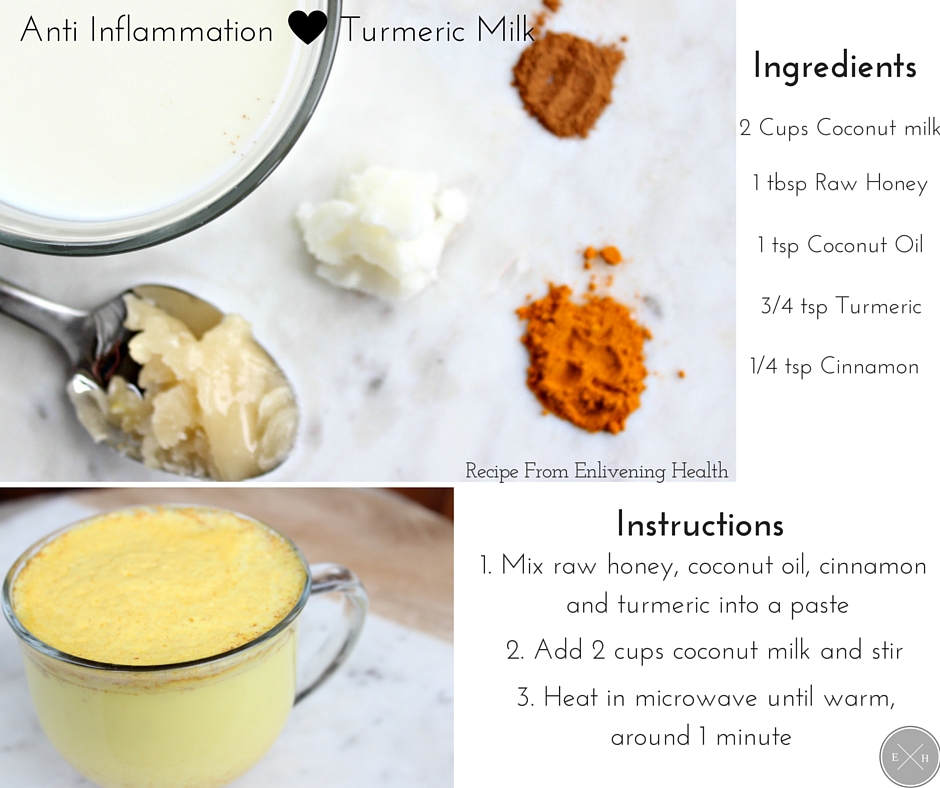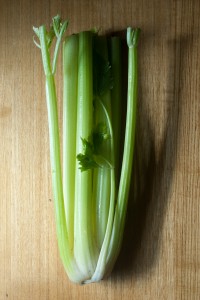A new study published today in the British Journal of Nutrition shows organic milk and meat contain around 50% more beneficial omega-3 fatty acids than non-organic. In addition to organic milk and meat, the nutritional differences also apply to organic dairy like butter, cream, cheese and yoghurt. The study is the largest systematic reviews of its kind and led by Newcastle University and an international team of experts.
Key findings:
- Both organic milk (dairy) and meat contain around 50% more beneficial omega-3 fatty acids than conventionally produced products
- Organic meat had slightly lower concentrations of two saturated fats linked to heart disease
- Organic milk and dairy contains 40% more conjugated linoleic acid (CLA) – CLA has been linked to a range of health benefits including reduced risk of cardiovascular disease, certain cancers and obesity, but evidence is mainly from animal studies
- Organic milk and dairy contains slightly higher concentrations of iron, Vitamin E and some carotenoids
- Organic milk contains less iodine than non-organic milk
Joining us to explain why the research and its findings are so significant is Environmental Scientist, Tim Field from Daylesford (an Organic Farm in Gloucestershire).
Patient Talk – So what does Organic actually mean and how would it apply to live
stock and dairy?
Field – Organic is a way of farming, is a way producing food and eating, Organic is actually set in European regulations so that there is a law that determines what is actually organic and what is not and in essence the philosophy of organic is that you are farming or producing food within nature rather than artificially pushing the limits within the environment with lots of artificial inputs, so its farming with nature and as a result you have got a more natural product coming out of the other end. The way it applies to live stock and dairy is one of the same thing, dairy cattle, beef cattle, sheep and so on they are ruminants and they turn grass and forage into milk and or muscle very effectively, they are used to grazing the plains of wherever they might of come from and turning that into energy and so an organic system utilises that rumen of the ruminant and turns that grass and the clover into milk and meat, whereas in an non organic system there is the capacity that for lots of high energy and high protein feeds like maize or soya so be feeding the cattle or the sheep or live stock to produce that milk and protein and that is less natural than to the way it would of evolved originally.
Patient Talk – Ok and what are the nutritional differences between organic and non-organic produce?
Field – Well the outstanding nutritional difference that we see form this landmark report is the 47% omega 3 fatty acids in the meat and dairy and 40% more Conjugated acid in the dairy so that is significant difference between organic and non-organic and that is head line stuff and that is actually proving what we at Daylesford . We believe there is a difference, there is a difference in taste and that transpires into nutritional value as well.
Patient Talk – And how would a scientist account for the difference?
Field – So the difference here is that organic regulations is that you have to produce dairy and livestock with a lot of pasture , with a lot of grass and clover in their diet and it is actually the clover that they believe is accountable for this increased omega 3 fatty acid so this sort of free range to graze, a natural diet is where the benefits are seen.
Patient Talk – And could you tell us a bit about the research, how is was conducted, what were the results and are there other studies which various out the results?
Field – So the research was conducted by a team up in Newcastle University and a broad range of international scientists headed up by Professor Carlo Leifert and what they did was they took all the research that had been done, analysing the difference between organic and non-organic, all that different research and different reports from across the world and they have done some very cleaver statistics to work out what the overall difference is in a nut shell between organic and non-organic and they have come out with all sorts of different nutritional findings and the overall way to explain is more of the good stuff and less of the bad, so as I mentioned the key headline figure is 47% more omega 3 fatty acids and more linolenic acid as well.
Patient Talk – And what medical conditions might benefit from organic produce?
Field – Well there is increasing evidence to suggest that more of the omega 3 fatty acids and potentially less of the omega 6 fatty acids, so if you get a better ratio rather than dominant omega 6 in the diet, if there is a better balance of that there is beneficial implications on cardiovascular disease prevention, some cancers and dementia. There is still a lot of work being done in that area but that is the main benefits and increasingly in western diets we have been pushing up the amount of omega 6 fatty acid and reducing our intake of oily fish like sardines, mackerel and salmon and they are a great source of omega 3 fatty acid. So if you can get more omega 3 in your milk, beef, chicken, lamb and pork that is a good way of compensating to some degree the lack of oily fish that we are getting in our diets.
Patient Talk – Do they fit into the paleo diet and how does the paleo diet work?
Field – That is a very good question and I am not an advisor on nutrition parse but ,my understanding of a paleo diet is that it is a lot less processed food, there is less meat in it, fish comes before meat in that pecking order and there is a lot of fruit and vegetables and less cereals as well. Paleo is as it suggests ‘ancient, this is what our ancestors the caveman would of run around eating ‘so how this fits into the paleo diet, it fits in like a glove its very interesting so if you look at game, venison, wild game and pigeon they have a much higher omega 3 fatty acid level and that is because they are roaming, they are grazing and brazing all these different herbs and grasses and seeds and so on , and that’s how it fits in with this more natural way of rearing beef, lamb and dairy and so on. So it fits in very nicely but what’s interesting is that I heard Carlo say earlier was that this is about getting the same amount of calories, you’re eating the same amount of calories but you are getting a much bigger bang for your buck in your calories so you are getting more nutritional benefit from the same calorie intake which for my mind in the diet that works pretty well.
Patient Talk – Why is organic more expensive?
Field – Well that is a very interesting question and I would argue that actually organic is cheaper when you factor in the broad spectrum of benefits and adverse implications of the food system so on the shelf there are plenty of examples out there where organic is a bit more expensive, there are actually examples of where organic is cheaper if you are buying direct form a producer, I know that the dale organic strawberries or bagged salads, they are all sort of examples where we are very competitive with some of the supermarket conventional brands and so yes there’s a little bit of disparity in some cases. But actually when you start looking at the way organic farming is done, it’s a sort of self-sufficient model, you’re trying to use the natural energy, the sunlight, and so on, your soils, and your natural ecology on your farm to produce the food, and so you don’t waste anything and you’re not bringing lots of inputs in. that in itself is quite a good model because you’re not paying lots of money out to buy in things. But also you’re not wasting through pollution, through degradation of the soils, through excessive nitrogen into the crops and pesticides and so on. You’re not bringing in all those inputs you’ve got to pay only to watch them wash away into the rivers an cause flooding, cause the water companies to have to treat their water even more. So conventional practices don’t always factor in the knock on cost to the consumer, whether that’s insurance premiums, whether it’s the NHS bill, or whether it’s the risk to antibiotics from over using antibiotics in livestock systems were not factoring those costs. So I would argue that actually if you factored all the costs in, that organic to that average citizen is less expensive.
Patient Talk – And Tim, do you think it will really take off?
Field – I really strongly believe that it does and it will and it is taking off. This is high street stuff now, this is no longer left to the niche shops and the hippies, this is mainstream. And a lot of people are going for dairy and eggs and chicken for organic because they strongly believe that the welfare is better in the organic system and that is categorically true. And so it really is beginning to take off, but I should say that we shouldn’t be polarizing organic and non-organic because there’s an awful lot lot of very good non organic farmers out there, particularly in the UK where we’ve got very good grass and a very natural environment for producing red meat and good dairy. So there’s a lot of conventional farmers out there that are adopting a lot of organic practices but perhaps haven’t gone that final mile to get certification from the likes of the soil association but as the demand for organic grows, because people recognize the health benefits and so on, I think we’ll see this little rush of farmers, getting that premium for their produce. And actually it’s a much more stable farming economy where you’re reducing your inputs and getting a little bit of a premium from your product.
Patient Talk – Okay and Tim, do you have anywhere people can go for more information at all, a website?
Field – Absolutely, there’s some great places to find out more. Daylesford Organic has a very interesting website that’s got a lot about the way that we produce organic food, that’s venison, that’s lamb, that’s chickens, that’s laying hens, organic fruit and vegetables as well and the soil association have some very interesting sound bites from this report that they’ve condensed into a little summary and then the Newcastle University also have the full report on their website for those more academics of us.




